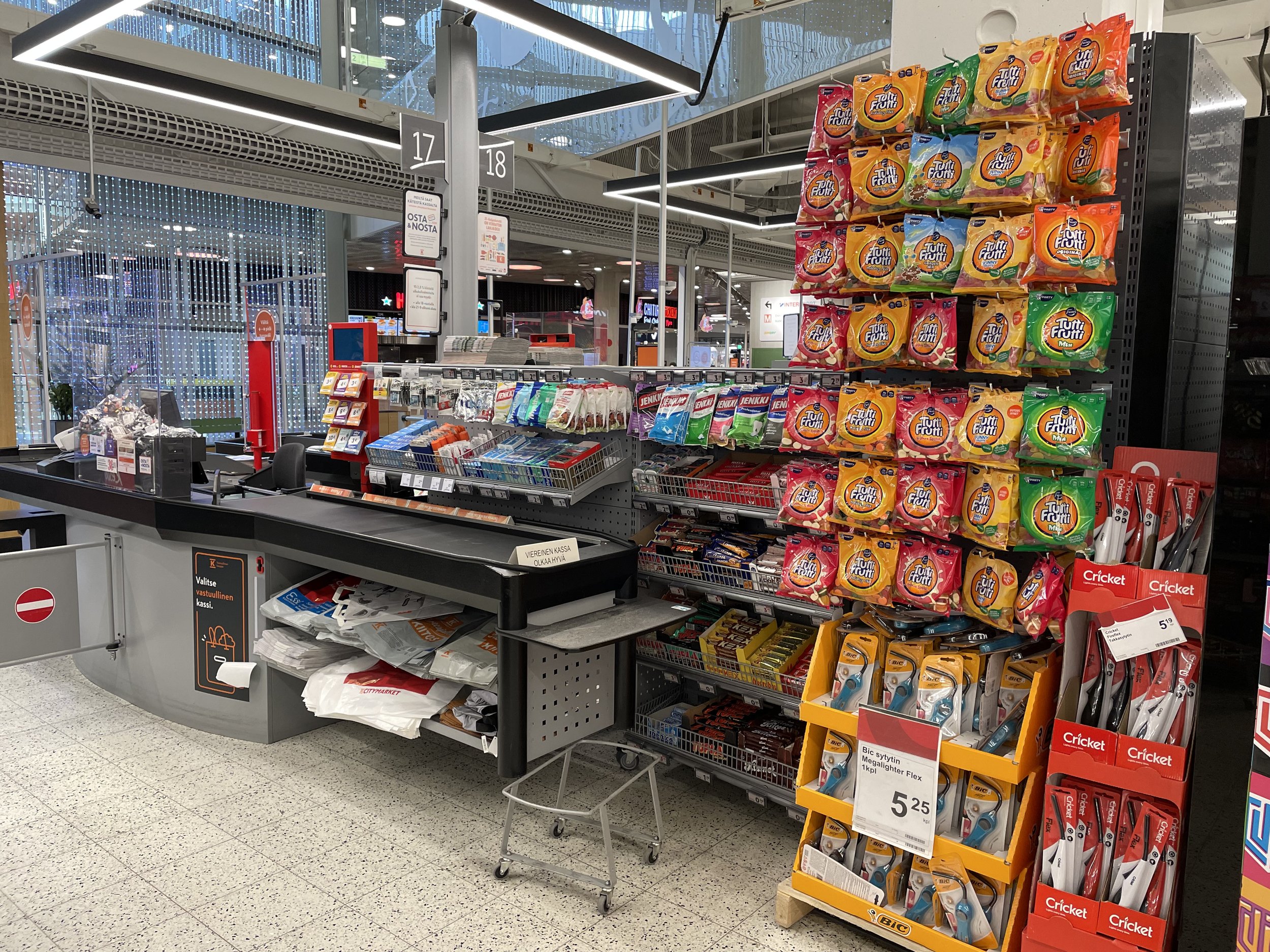HFSS - No more sweets at the checkouts?
The implementation of the HFSS legislation in the UK raises questions in the rest of Europe. The big question for the EU countries is whether the legislation will have an impact here. The abbreviation HFSS comes from High in Fat, Sugar and Salt. The product categories HFSS especially impacts are categories such as chocolate, biscuits, yoghurt and soft drinks, to name a few.
What is HFSS?
HFSS is legislation introduced in the UK. The long-term aim of these laws is to put in place ways to sell healthier food and to build new food preferences for children especially. Behind the legislation is the growing obesity problem.
As retail analyst Bryan Roberts puts it, “The rationale behind the new legislation is that volume promotions of HFSS products and the placement of them in key parts of the store leads to increased consumption of these products, thus contributing to various health problems such as obesity”.
It is well known in the industry that the role of impulse buying in certain categories, such as chocolate, crisps and confectionary, is strong. That is why brands spend enormous amounts of money on advertising and securing the best impulse spots at the store level. These impulse areas are usually gondola ends, checkouts, and other areas with good in-store locations.
From October 2022, retailers are prohibited from selling HFSS products in these specified areas, including entrances. This means that brands and retailers will lose sales if they don’t find alternative ways to sell these products or, even better, discover new healthier product lines to compensate for the decreased sales. In 2023 the legislation will expand to multi-buy offers, such as buy one, get one free.
What does this all mean in the EU? Will the EU follow the UK and introduce its legislation to decrease the volumes of these products?
One thing is for sure. The EU will have a close eye on the learnings of the HFSS legislation. At some point, it is also possible for similar laws to be introduced if the UK model produces satisfactory results.
For brands operating in the EU, this is an excellent time to collect information from the UK on how brands and retailers respond. Now would also be a good time for brands to evaluate the healthiness of the products they are selling and proactively introduce more HFSS fit products to be ready if (when) similar legislation is presented in the EU.
As for retailers, HFSS will be a big challenge regarding the store layout. What products to sell in the impulse areas, checkout and gondola ends instead of the traditional money-making products (chocolate, soft drinks and crisps)?
Retailers will probably find their way, moving from low sugar products in the fizzy drinks category or introducing healthier options on the best-selling spots. However, the dynamic of customer behaviour will change. The changing customer behaviour means that the supplier money will need to be reconsidered.





